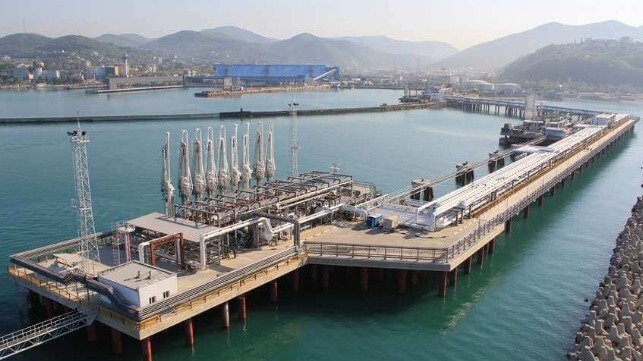BIMCO: Russian-to-China Crude Tanker Trade Has Nearly Doubled

China is picking up a significant share of the unwanted Russian crude oil that would ordinarily flow into the European market, and new numbers from BIMCO suggest that the activity is creating a minor boom for tankers on specific trade lanes.
Since the invasion began in February the tonne-mile volume of Russian crude oil shipments to China has nearly doubled, rising by 94 percent, according to BIMCO chief shipping analyst Niels Rasmussen. The majority of the jump is due to increased traffic on the lengthy Black Sea-to-China route. This voyage is roughly 8,000 nm in length, far longer than the typical routes into Europe in the era before the invasion.
According to Bloomberg, some Chinese buyers are paying for Russian oil in yuan, avoiding the sanctions liabilities of paying in dollars. The price is set at a significant discount to Brent, reflecting the distressed nature of the sale.
However, there may be limits to how much Russian oil China may be willing to buy. As Europe edges closer to an all-out ban on imports of Russia's crude, some 2.5 million barrels per day will have to be sold elsewhere or stored. For strategic reasons, China may not wish to rely more heavily on Russia for its energy needs; and the extended voyage times from Russia's European energy ports to China could stretch the availability of tanker capacity; and China's fuel demand is relatively low at the moment, given the COVID-related lockdowns in some of its biggest cities.
According to Matt Smith, the head oil analyst at the analytics firm Kpler, Russia may end up cutting production because it may run out of storage space with unsold oil. "It seems the path of least resistance for Russia will be to cut production, which doesn't come without its own consequences," he told Business Insider. Shutting in an oilfield can damage the field's future production potential, and is usually a last-resort measure.
